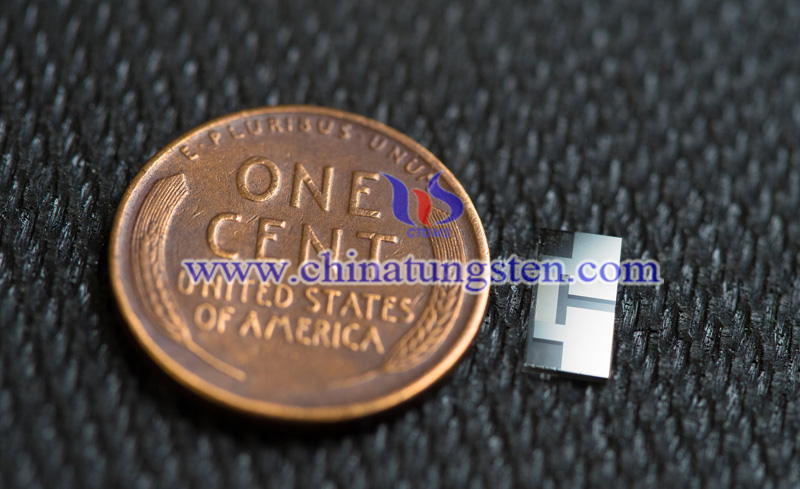Ultrasound Device Improves Charge Time and Run Time of Lithium Metal Batteries
- Details
- Category: Tungsten's News
- Published on Thursday, 20 February 2020 22:24
Researchers at the University of California, San Diego have developed an ultrasound device that takes lithium metal batteries or LMBs to a commercially viable step. Although the research team focuses on LMB, the device can be used in any battery regardless of chemical composition.
The device developed by the researchers is part of the battery and works by emitting ultrasound waves to generate a circulating current in the electrolyte between the anode and cathode. This prevents the growth of lithium metal (called dendrites) during the charging process that leads to decreased performance and short-circuit of the LMBs.
The device is made of off-the-shelf smartphone components that produce extremely high sound waves-ranging from 100 to 10 billion hertz. In phones, these devices are used mainly to filter wireless cellular signals and to identify and filter voice calls and data. Researchers used them to generate current in battery electrolytes.

"Advances in smartphone technology are truly what allowed us to use an ultrasound device to improve battery technology," said James Friend, a professor of mechanical and aerospace engineering at the Jacobs School of Engineering at the University of California, San Diego, and the study's corresponding author.
At present, because the service life of LMB is too short, it has not been considered as a viable option for powering all equipment such as electric vehicles and electronic equipment. But these batteries have twice the capacity of today's best lithium-ion batteries. For example, for the same battery weight, lithium metal-powered electric vehicles would have twice the range of lithium-ion powered vehicles.
Researchers have shown that lithium metal batteries equipped with the device can be charged and discharged 250 cycles and lithium-ion batteries can be charged more than 2,000 cycles. In each cycle, the batteries were charged from zero to 100 percent in 10 minutes.
"This work allows for fast-charging and high energy batteries all in one," said Ping Liu, professor of nanoengineering at the Jacobs School and the paper's other senior author. "It is exciting and effective."
Liu said that most battery research efforts focus on finding the perfect chemical to develop batteries that last longer and charge faster. In contrast, the UC San Diego team sought to solve a fundamental issue: the fact that in traditional metal batteries, the electrolyte liquid between the cathode and anode is static. As a result, when the battery is charged, lithium ions in the electrolyte are depleted, making it more likely that lithium is deposited unevenly on the anode. This, in turn, causes the formation of needle-like structures called dendrites, which can grow unchecked from the anode towards the cathode, causing the battery to short circuit and even catch fire.
By propagating ultrasonic waves propagate through the battery, the device flows the electrolyte, replenishing the lithium in the electrolyte and making lithium more likely to form a uniform, dense deposit on the anode during the charging process.
The first author of the paper, An Huang, a Ph.D. student in materials science at UC San Diego said that the most difficult part of the process was designing the device, The challenge was working at extremely small scales, understanding the physical phenomena involved and finding an effective way to integrate the device inside the battery.
The most difficult part of the process was designing the device, said An Huang, the paper's first author and a Ph.D. student in materials science at UC San Diego. The challenge was working at extremely small scales, understanding the physical phenomena involved and finding an effective way to integrate the device inside the battery. "Our next step will be to integrate this technology into commercial lithium-ion batteries," said Haodong Liu, the co-author of the paper and a postdoctoral fellow in nanoengineering at Jacobs College. The ultrasound device would bring lithium metal batteries one step closer to commercial viability.
- Tungsten Manufacturer & Supplier, Chinatungsten Online: www.chinatungsten.com
- Tungsten News & Prices of China Tungsten Industry Association: www.ctia.com.cn
- Molybdenum News & Price: news.molybdenum.com.cn
- Tel.: 86 592 5129696; Fax: 86 592 5129797; Email: sales@chinatungsten.com



 sales@chinatungsten.com
sales@chinatungsten.com